Sound: 









Value: 









(Read about our ratings)
Measurements can be found by clicking this link.
Whether your notions about the Technics brand come from decades-old memories or familiarity with the products the company has made since its 2014 relaunch, you probably think of Technics as a provider of fairly trad gear, such as turntables and stereo components. That’s why reading the webpage for the EAH-A800 headphones came as such a surprise to me. I wouldn’t say the EAH-A800s ($349.99, all prices USD) are the highest-tech headphones I’ve encountered, but they’re way up there—with advanced noise-canceling systems for playback and for phone calls, and one of the most capable control apps I’ve seen.
The EAH-A800s seem designed to compete with the flagship noise-canceling models from Bose and Sony. They have a no-nonsense look that wouldn’t embarrass the most reserved businessperson, and they fold down into a slim travel case that’s about 2 3/8″ (60mm) thick. They’re also built for comfort, with plush memory-foam earpads that should stay comfortable through long airline flights. In addition to standard SBC, they also support two additional Bluetooth codecs: AAC and Sony’s LDAC, the latter of which can produce a subtle but audible improvement if your Bluetooth connection is strong enough to support the 660 or 990kbps data rates. (No matter what headphones I’ve used, I’ve rarely been able to access the latter without lots of interruptions.)
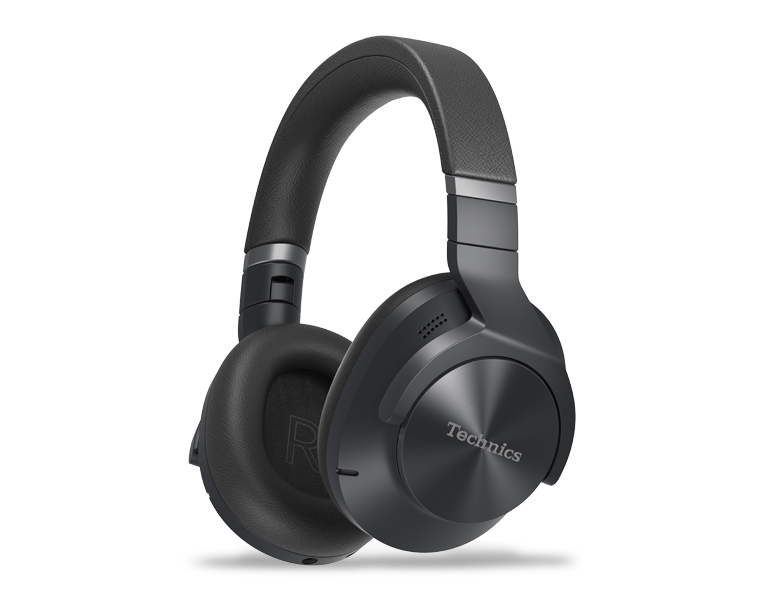
The noise canceling for the headphones incorporates feed-forward and feedback technologies, which is necessary to achieve performance competitive with the top brands. Through the app or by tapping the right earpiece, you can access Ambient mode, which lets external sound in, and the app lets you adjust how much sound comes in in Ambient mode. You can also adjust the degree of noise canceling, in 100 steps. You can access an Attention mode that boosts voices when you’re in Ambient mode. Voice pickup is through four beamforming microphones, which allows suppression of ambient noise and wind. That’s not unusual, but what is unusual is that the app includes a test that lets you gauge the effect of the noise suppression.
The app also includes several sound modes: Bass+, Vocal, Treble+, Dynamic, and Custom (which accesses a five-band EQ). And you can really get in there and mess with the internal operation of the headphones. For example, you can access a menu for “Suppression of sound interruptions and delays,” which (although it doesn’t state this explicitly) lets you increase the size of the internal buffer to reduce dropouts at the expense of added latency. Capable as the app is, it’s intuitively laid out—the only time I had to access the manual was to find out if there was an app I needed to download.
In the box
The EAH-A800s include the aforementioned case, a 42″ (1.1m) cable tipped with 1/8″ (3.5mm) plugs on each end, a dual-mono adapter for use with old-school inflight entertainment systems, and a USB charging cable.
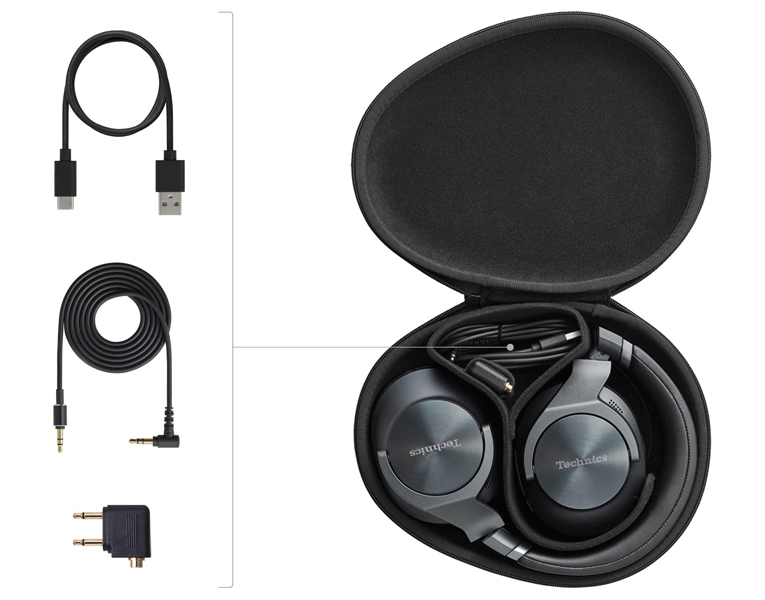
Use
The EAH-A800s’ earpads fit nicely over my somewhat oversized ears. The soft padding and leatherette covering felt immediately comfortable, and stayed that way for hours—they literally never grew uncomfortable. One thing that wasn’t comfortable, though, was that I felt a bit of eardrum suck when the noise canceling was set to full. In my experience, all headphones that have powerful noise canceling produce some degree of eardrum suck at the maximum setting; some people aren't bothered by it, but others find it intolerable. At least with the EAH-A800, you can turn the noise canceling down to the point where it doesn't bother you.
The headphones use a touch-sensitive panel on the right earpiece to activate noise-canceling or Ambient mode, plus three buttons along the back of the earpiece that allow play/pause, track skip, fast-forward/rewind, and phone call answer/hang up. I found them pretty easy to use.
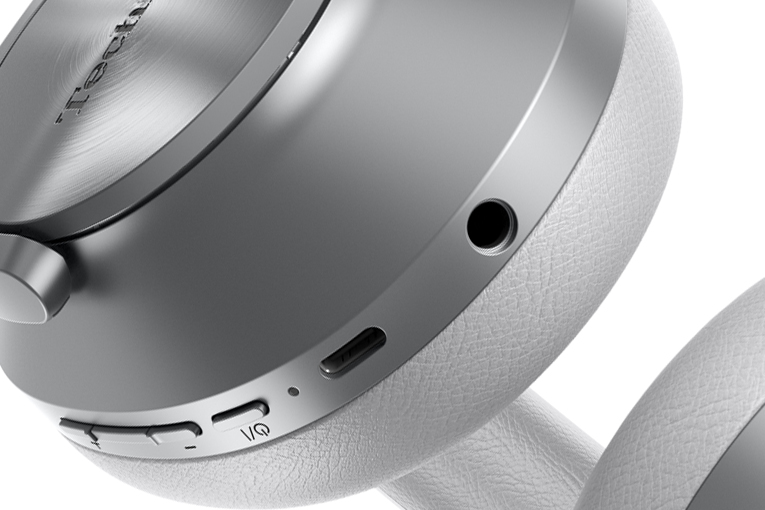
I didn’t notice a big difference in sound when I switched from noise-canceling mode to Ambient mode—maybe Ambient mode had a slightly more lively sound in the treble—but the sound with the mode switch to the Off position seemed softer and somewhat bloated in the upper bass, a vibe I don’t like all that much. Fortunately, I’d always use these in noise-canceling or Ambient mode, anyway, and the default setting for the control on the right earcup switches between those two modes.
I’ll have more discussion about the noise canceling in the “Competition” section below, and you can also see my graph of the noise canceling function in the accompanying measurements, available from the link at the top of this review.
Sound
Lizzo’s fantastic new side, Special (24-bit/44.1kHz FLAC, Nice Life-Atlantic / Qobuz), is a bass-forward production focusing on solid grooves, with Lizzo’s vocals and raps plus backing vocals and some nice instrumental licks floating above a rock-solid structure of bass and drums. The EAH-A800s definitely captured the spirit, sound, and excitement of Lizzo’s vocals—the mids and highs seemed smooth yet detailed, and satisfyingly spacious—but even though I’ve just started listening to this record, it was obvious that the EAH-A800s like big bass even more than Lizzo and her producers do. This was easy to hear from the first tune, “The Sign,” but by the time I got to the third tune, the bass was so loud and punchy that it actually got to be a little uncomfortable. Kudos to the headphones, though, for not letting the powerful bass muddy up the mids and treble—that’s a tough trick, because usually pumped-up bass tends to produce the psychoacoustic sensation of soft treble.

By “2 Be Loved (Am I Ready),” my ears were ready for a break from the bass, so I opened up the app to try out some of the other sound modes. The Bass+ mode actually didn’t do that much; I doubt the amps had enough headroom to deliver much more bass power. The Vocal mode definitely brought out the vocals, but made the sound harsher and cruder. Treble+ was a clear improvement; with the mids a bit boosted and the highs substantially boosted, the bass seemed tamer. The Dynamic mode is basically the Treble+ mode with the Bass+ mode’s (attempted) bass boost; it’s better than the stock mode, at least.
The Custom mode, not surprisingly, let me get the best sound. Here are my settings if you’re curious: 100Hz, -5dB; 315Hz, -4dB; 1kHz, +2dB; 3.15kHz, +5dB; and 10kHz, +2dB. I decided to continue my eval mostly with these settings, occasionally flicking back to the stock settings if the mood struck.
Another album that’s recently captured my affections is Off-Kilter, by John Yao’s Triceratops (16/44.1 FLAC, See Tao Recordings). This is an acoustic jazz album, very different from Lizzo’s work—but as with Lizzo’s album, I found myself loving the EAH-A800s’ natural, smooth-sounding midrange, and felt that from about 500Hz on up, the sound was very well-balanced with my custom EQ setting.
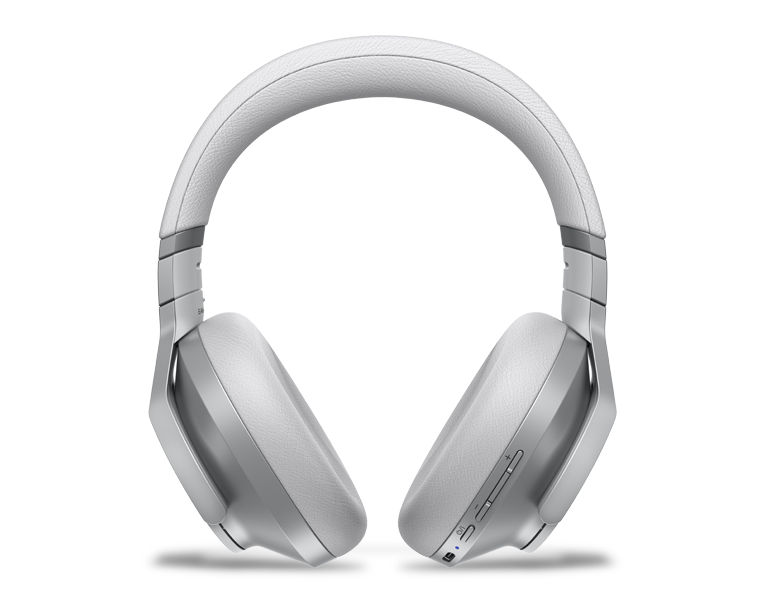
Below 500Hz, things got more problematic—even though this was an acoustic double bass, I heard much of that same super-punchy bass sound I heard on Lizzo’s album. Even when I pulled the 100 and 315Hz sliders on the EQ down to -10dB—the minimum setting—the bass still sounded unnaturally punchy. The result was a less natural-sounding presentation than I heard a few weeks ago when I reviewed the Edifier Stax Spirit S3 planar-magnetic Bluetooth headphones ($399.99)—headphones that, in my opinion, reproduced the double bass on this recording flawlessly.
Although I was digging the mids and highs, I was still puzzling my way through the EAH-A800s’ bass reproduction, so I put on something totally different: Spatial Audio—The 3D Classical Collection, by Ben Gernon conducting the London Philharmonic Orchestra (16/44.1 FLAC, Warner Classics / Qobuz). Best as I can guess from the scant info I can find, this album is a Dolby Atmos mix rendered to a two-channel headphone mix, which should work well. (Qobuz doesn’t yet offer Atmos, but ultimately Atmos must be rendered to two-channel audio for headphones in any case, so a streaming service can be Atmos-compatible for headphones even if it’s limited to plain ol’ stereo.)
On “Jupiter, the Bringer of Jollity,” from Holst’s The Planets, the EAH-A800s conjured the big, spacious sound that’s typical of Atmos orchestral recordings. I do have to say that it sounds more natural than a conventional stereo recording through headphones. Honestly, I got so wrapped up in the spatial presentation I forgot I was supposed to be reviewing the headphones, not the recording, but I realized it didn’t matter—nothing about the EAH-A800s’ presentation of this recording distracted me in the slightest. (OK, the highs did seem a little crispy when the triangle comes in around 2:10, and on the louder string passage around 4:45, but I think that’s more, or perhaps entirely, an artifact of the Atmos rendering; I’ve heard similar effects before with Atmos mixes on headphones.) Regardless, the sound through the EAH-A800s, with my custom EQ setting, seemed neutral, natural, and subjectively flat, with all instruments singing out clearly and in the proper balance.
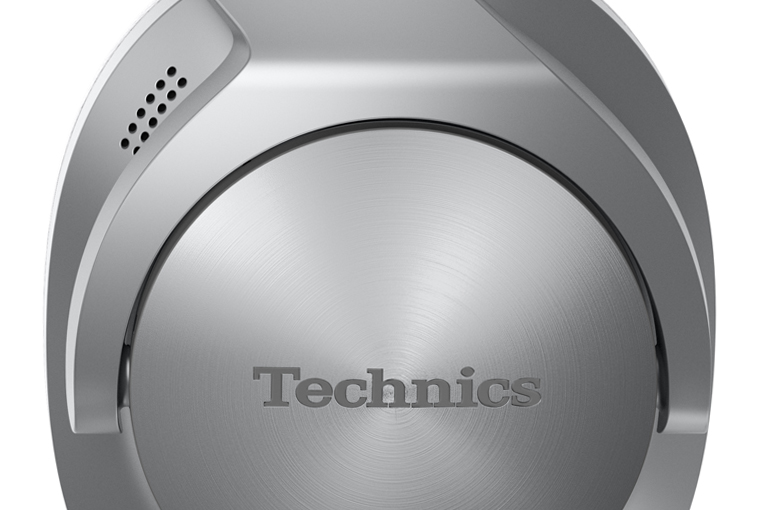
On most other material, my impression of the EAH-A800s was entirely a matter of how their bass reproduction suited the music, because I never really had a complaint about the rest of the audio range. For example, on the Steve Earle recordings I listened to, whether new (Townes, 16/44.1 FLAC, New West / Qobuz) or old (Copperhead Road, 16/44.1 FLAC, Geffen / Qobuz), the bass always seemed to demand I tweak my custom setting to bring the lows down a few dB more. But on “Executioner’s Tax (Swing of the Axe),” by the awesome classic metal revivalists Power Trip (Nightmare Logic, 16/44.1 FLAC, Southern Lord / Qobuz), I needed to kick the 100Hz slider up 2dB from my custom setting (to -3dB) to add a little kick. Note, though, that the stock bass setting was always way too bassy, no matter what music I listened to.
Competition
I compared the EAH-A800s with two other designs of similar size and price: the Bose QC45 headphones ($329), which have noise canceling, and the Edifier Stax Spirit S3 headphones, which don’t.
On one of my favorite tonal-balance, midrange, and treble tests—the version of “Shower the People” from James Taylor’s Live At the Beacon Theatre (16/44.1 WAV ripped from the 2.0 soundtrack from the DVD)—the Bose and Edifier models had fairly natural-sounding tonal balances with no EQ, while I had to run the Technics model with my custom EQ setting to make it a useful test. (Cheating? You decide.)
Not too surprisingly, the audiophile-oriented Spirit S3s did best on this test—they had the most neutral tonal balance, the clearest treble, the most detailed bass, and the most spacious sound. So it was down to the two noise-canceling models. I liked the sound of the QC45s a lot on this tune. They didn’t have any obvious colorations, and the balance sounded natural. The vocals had just a subtle trace of added lisp, though, and the bass guitar sound was elevated by a few dB and didn’t have much definition—it sounded more like a synth bass. The EAH-A800s definitely had more bass definition than the QC45s, although I had to pull the 315Hz slider down to -10dB to get it. The vocals sounded a bit smoother, but less open, with a slight sense of “cupped hands” coloration.
I also took this chance to compare the two models’ noise canceling, playing some pink noise through a large JBL Bluetooth speaker, then putting on each headphone. Impressively, the EAH-A800s seemed to get pretty close to the performance of the QC45s. Based on my subjective impressions, both models seemed to achieve a similar amount of noise canceling in the low frequencies, but the EAH-A800s seemed to let a bit more high-frequency sound through—which is probably a matter of physical isolation, because noise canceling doesn’t work above about 800Hz. I am confident that anyone who might buy the EAH-A800s will be happy with their noise-canceling performance.
Conclusion
From the standpoints of comfort, design, and features, the EAH-A800s are about as good as it gets for the business traveler who needs compact, ergonomically friendly headphones with excellent noise canceling. They can achieve very good sound if you don’t mind dancing your fingers over the EQ; once you come up with a custom EQ setting you like, your ears will likely grow accustomed to it and you probably won’t want to fuss with them as much as I did. But I’d really like to see a “Mk.II” model with a default EQ setting tuned for business travelers rather than bassheads. And I know I’m making a lot of assumptions there, but still . . .
. . . Brent Butterworth
Associated Equipment
- Smartphone: Samsung Galaxy S10
Technics EAH-A800 Bluetooth Headphones
Price: $349.99.
Warranty: One year parts, 90 days labor.
Panasonic
2 Riverfront Plaza
Newark, NY 07102
Email:
Website: www.techincs.com





